Optimal Timing for Concrete Installation
Concrete installation timing is crucial to ensure durability and quality. Factors such as temperature, humidity, and seasonal conditions influence the curing process and final outcome. Proper scheduling can prevent issues like cracking, uneven setting, or delays.
The best temperatures for concrete installation are between 50°F and 85°F. Temperatures outside this range can hinder proper curing and strength development.
Installation should be scheduled during periods of mild weather, avoiding extreme heat or cold to prevent cracking and setting problems.
Spring and fall often provide ideal conditions, with moderate temperatures and lower humidity, supporting optimal curing.
Timing impacts the long-term performance of concrete, influencing its strength, appearance, and longevity.
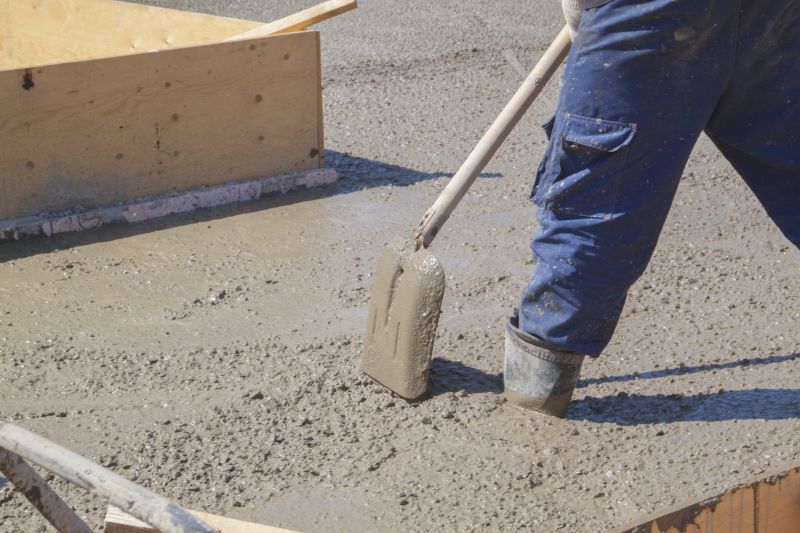
Scheduling during moderate temperatures ensures proper curing and reduces cracking.
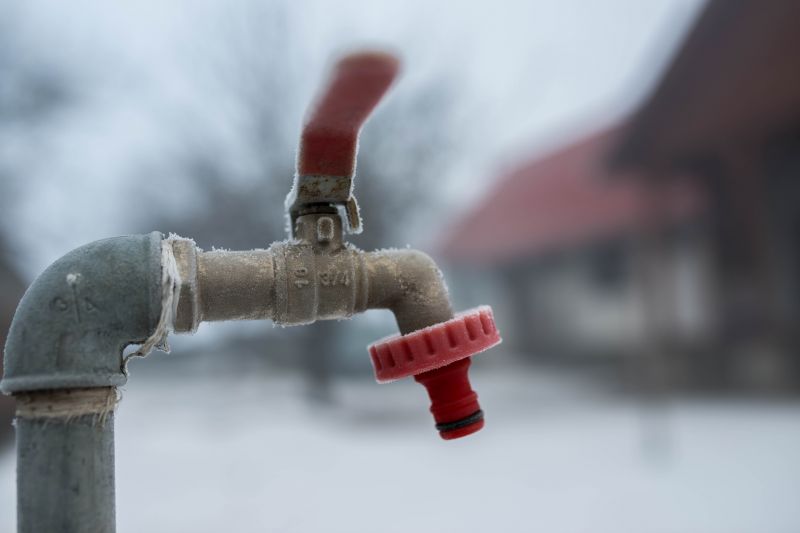
Cold weather can delay setting times and weaken the final product.
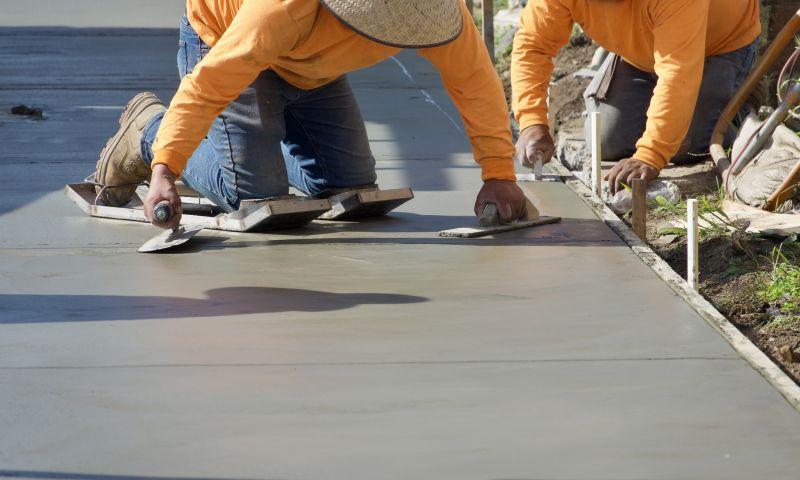
Optimal seasons for installation due to favorable weather conditions.
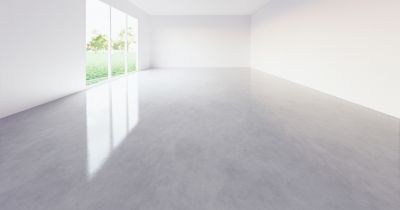
Ways to make Concrete Installations work in tight or awkward layouts.
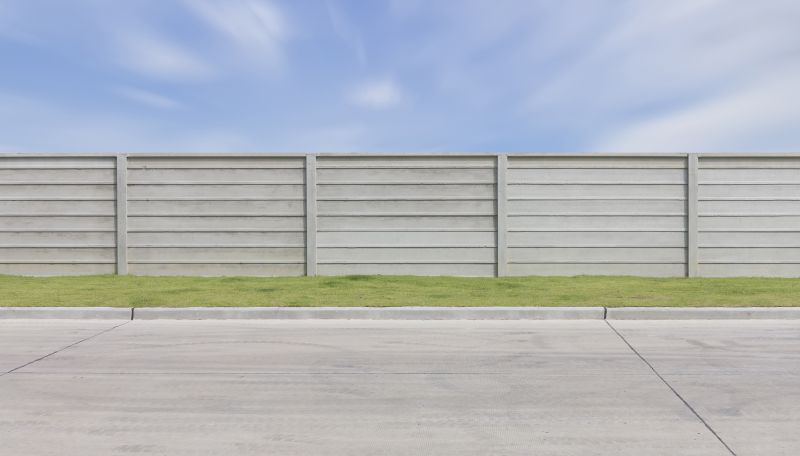
Popular materials for Concrete Installations and why they hold up over time.
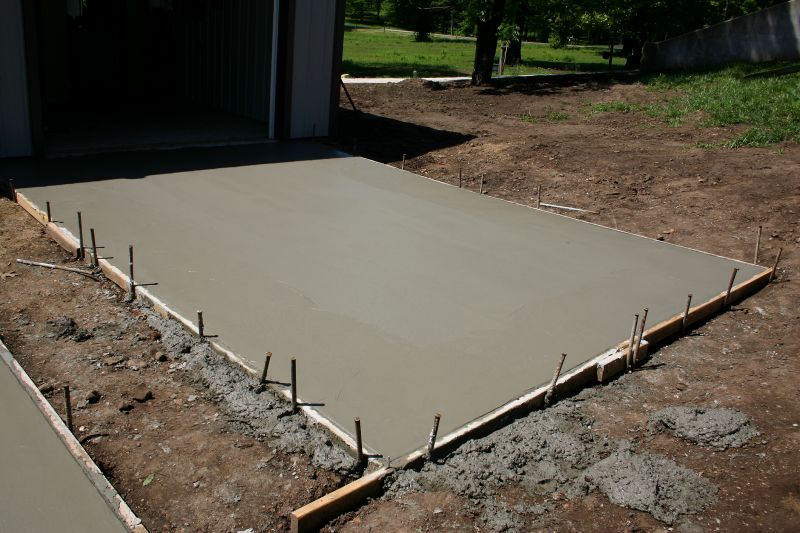
Simple add-ons that improve Concrete Installations without blowing the budget.
| Season | Ideal Conditions |
|---|---|
| Spring | Moderate temperatures and lower humidity |
| Summer | Early morning or late evening to avoid heat |
| Fall | Cool temperatures and dry conditions |
| Winter | Not recommended unless heated enclosures are used |
| Rainy Days | Avoid scheduling to prevent surface defects |
Concrete installations require careful planning to match seasonal and weather conditions. Proper timing ensures the concrete cures correctly, achieving maximum strength and durability. Delays or improper scheduling can lead to costly repairs and compromised structural integrity.
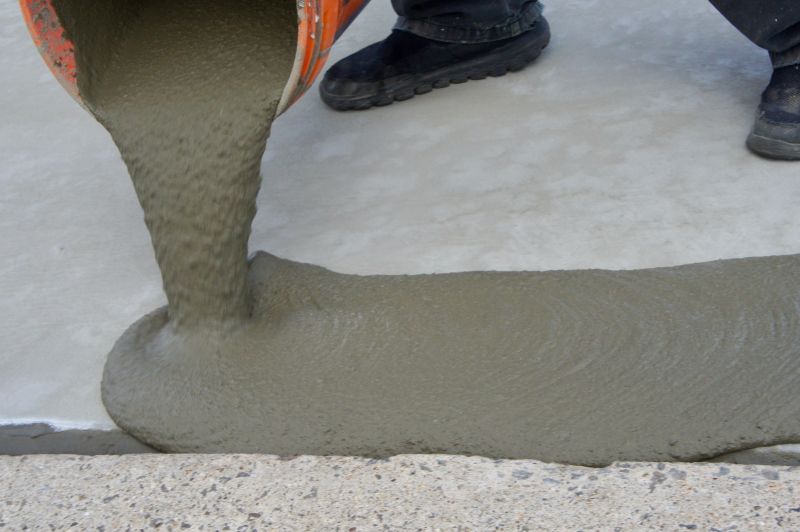
Scheduling during suitable weather minimizes risks and enhances quality.
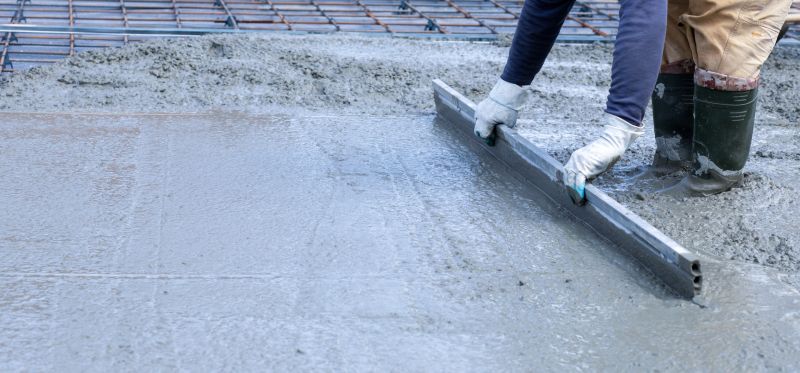
Timing combined with proper curing ensures long-lasting results.
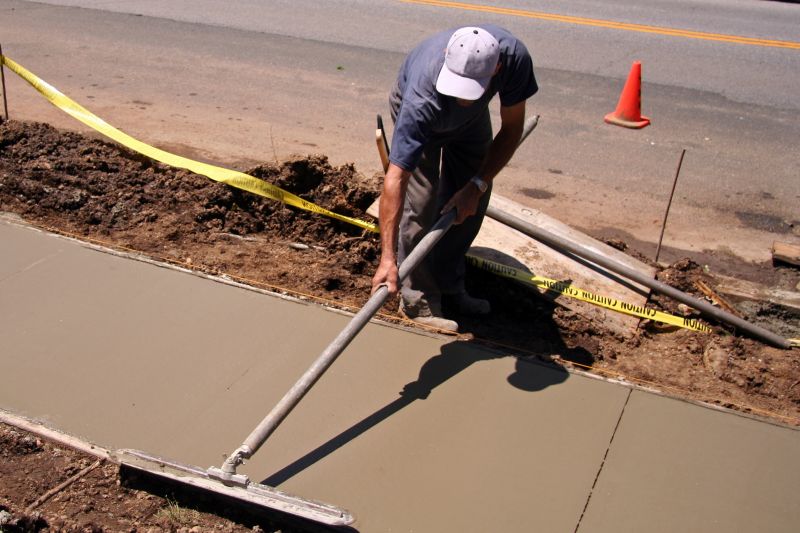
Aligning project schedules with favorable seasons improves outcomes.
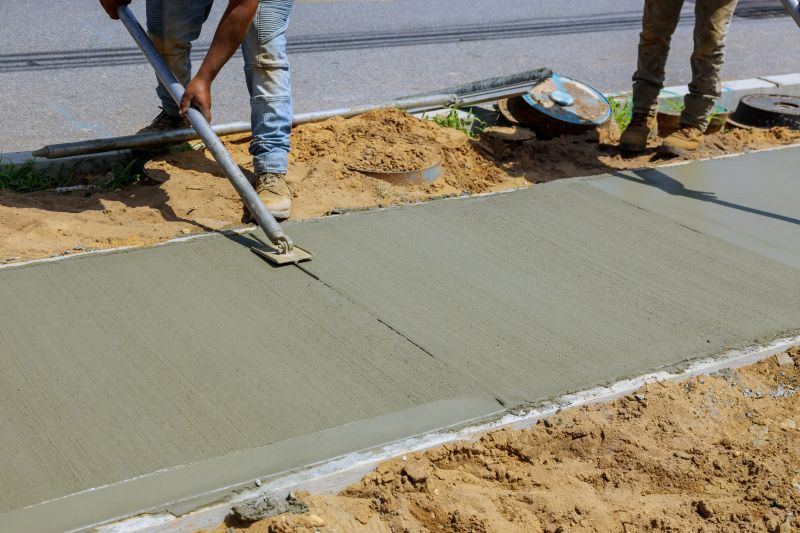
Understanding weather patterns helps in planning effective installations.
For the best results, it is recommended to plan concrete installations during periods of stable, mild weather. Proper scheduling not only facilitates optimal curing but also reduces the risk of defects and extends the lifespan of the concrete structure. Interested parties are encouraged to contact for further guidance and scheduling assistance.

